Will Legend Loves Nature – SDGs, ESG & CSR
I love doing something to help nature and society, not just for now, but for future.
– W.L. Hung, CEO
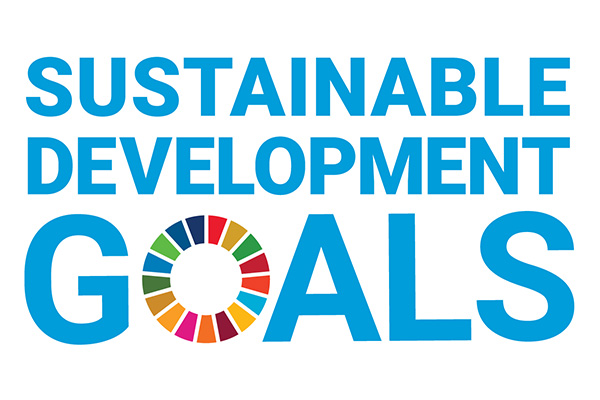
For some people who especially live in the cities, it’s hard for them to understand the value of nature such as wildlife animals, insects, plants, rivers, oceans, forests, and beautiful landscapes etc. The fact is, nature underpins our society, economy, lives, and our very existence indeed. We shouldn’t consider that nature is free, and often take it for granted and overexploit it.
To Will Legend, safeguarding the wildlife corridors is to advocate:
- Organize the conservation, education and popular science of urban wildlife corridors (green corridors), land (pure land) and forests
- Organize SDG & ESG Students Mainland Exchange Programme, educational tours, school tours, corporate (organization) research trips
- Promote the “Green-blueprint Initiative”, and implement the integration of humans, society, economy and nature
- Promote the importance of clean water, land and air to the sustainable development of humans and nature
- Promote the importance of pure land and forests for human food crops
- Promote the importance of pure land and forests for living things to obtain oxygen
- Promote the importance of pure land and forests in achieving terrestrial biodiversity and ecological balance
- Promote the importance of pure land and forests to tackle climate change, greenhouse gases, carbon absorption and carbon sequestration, and achieve carbon neutrality
- Protect pollinating insects and flowering plants to promote ecological balance and biodiversity
- Support green transformation and using green finance to support the transformation of traditional enterprises into green industries
- Adopt green energy (clean and renewable energy), wind energy, water energy, solar energy, geothermal energy and etc.
- Connect green economy, allowing companies to support and sponsor charity projects, share economic achievements with the public, and jointly draw the 2030 Sustainable Development Goals (SDGs)
- Support the United Nations Paris Agreement, Water Action Agenda and Convention on Biological Diversity
- Support The United Nations (UN) World Day of Glaciers 21 March, World Bee Day 20 May and World Oceans Day 8 June
Will Legend “Urban Wildlife Corridor” Conservation & Education Programme
Safeguard the last piece of pure land on the Earth, let the glacier cool, let the ocean breathe, run through the pulse to wildlife corridor, draw a “Green-blueprint”, build a cradle of ecosystem, nurture biodiversity, make human health and prosperity sustainable.
– The Sustainable Conservation Goals of Will Legend
Will Legend “Urban Wildlife Corridor” Conservation & Education Programme
Safeguard the last piece of pure land on the Earth, let the glacier cool, let the ocean breathe, run through the pulse to wildlife corridor, draw a “Green-blueprint”, build a cradle of ecosystem, increase biodiversity, make human health and prosperity sustainable.
– The Sustainable Conservation Goals of Will Legend
Safeguard the Last Pure Land on Earth
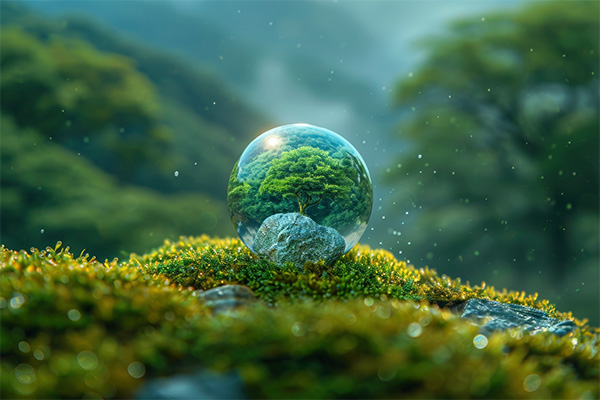
Human survival is inseparable from pure water, land and air. Glaciers conserve clean freshwater resources, and water nourishes land with rich nutrients. Water then follows rivers and merges into oceans to let the ocean breathe. Oceans exhale oxygen, and absorb the greenhouse gas carbon dioxide to let the glacier cool, glaciers maintain a balance of accumulation and ablation, stabilize the planet’s temperatures, enable sustainable water resources, and foster biodiversity and food crops in urban wildlife corridors. This recurring force of nature ultimately allows the health, peace and prosperity of humans and nature to develop sustainably.
Land occupies about one-third of the Earth. It is the source of human life, and the cradle of human civilization. Only by taking good care of this precious pure land on the Earth can the future of human beings and nature be sustainable. Land (pure land) and clean water are essential elements for nurturing forests. Forests cover nearly 31% of the global land area, and are home to more than 80% of land animals, plants, insects and other species. With the development of cities and agriculture, the decline of forest ratio and the increase of carbon emissions, the balance of nature has been destroyed, seriously affecting the terrestrial ecosystem, causing climate warming, increasing pollution and the disappearance of species.
Willy Bee and Dele Flowery Fly to Earth’s ‘Third Pole’

The story begins with the Earth in 2050. At that time, the climate was severely warming, all glaciers had melted, and fresh water resources were almost impossible to find; ocean phytoplankton was extinct, and the Earth was filled with greenhouse gas carbon dioxide, making it no longer possible to breathe clean air; there were no forests on the land, and it was too polluted to grow food crops, living things are almost extinct. Tashi Willy Bee sincerely prayed to the sky to bless humans and nature. Finally, with the help of the power of nature, he returned to the Earth in 2020 through time and space, and then embarked on a journey to find the last piece of pure land on the Earth with Dele Flowery. By planting the seeds of life, and rewriting the “Green-blueprint” of humans and nature, they hope to reverse the fate of the Earth.
Urban (City) and Wildlife Merge into One,
Weaving the Music of Nature
“Urban Wildlife Corridor” (green corridors) refer to the planting of flowering plants in or around cities, including green belts, country parks, forest parks and nature reserves. “Urban” refers to human habitats, “Wildlife” refers to nature, including forests, and habitats of living things, “Corridor” refers to the bridge which connecting nature (forest) and city (humans) together. The protagonist who breathes life into the bridge between humans and nature is the familiar docile and hardworking little bees.
More than 90% of wild flowering plants are produced with the help of pollinating insects, such as bees. It is because this pollination process regenerates forests and breeds plant diversity. Because of the vigorous development of plant diversity, it has created the habitats required by different living things, achieving an important element for the sustainable development of humans and nature – biodiversity.
Forests purify soil and water for the land. They also act as “natural air purifiers” for humans and other creatures, filtering the air in the atmosphere. Clean soil, water, and the help of little bees – “nature’s master pollinators,” have transformed into more than 75% of the food crops that humans rely on to survive, which is food for more than 8 billion humans.
Through protecting “Urban Wildlife Corridor” to increase the forest coverage area, thereby effectively coping with climate warming, and maintaining the balance of the natural ecosystem. Will Legend believes that only through the integration of humans, society, economy and nature can we achieve a balanced coexistence and maintain health, prosperity, and sustainability for humans. Glaciers, pure land and rivers cooperate to become the nannies of various creatures on land, providing activity space, habitats, water sources and food.
Walking into the Heart of Nature and Sounding the Melody of Nature
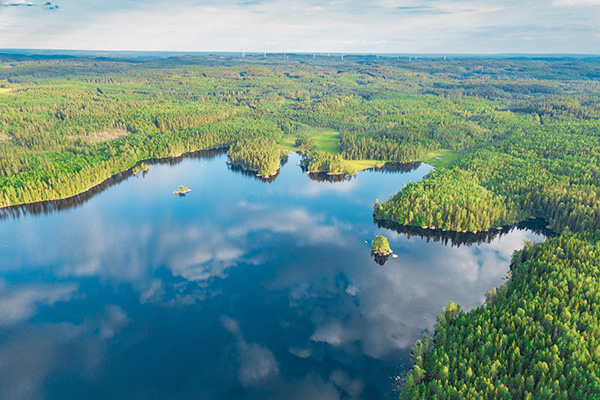
By safeguarding and increasing forest ratios to create a balanced ecology and diversity of life, especially for terrestrial living things. Forests play a very important role for humans and the environment. They can maintain pure land, conserve water sources and purify the air (release oxygen). Forests also make a great contribution to overall carbon reduction (absorbing greenhouse gas carbon dioxide). In addition, they help deal with greenhouse gases. It can be said that forests are human beings’ natural “Greenhouse Cooling Patch”.
“Urban Wildlife Corridor” is the bridge connecting humans (city) and forests (nature), and they are also the cradle of biodiversity! Flowering plants are used to support pollinating insects such as bees, and then these industrious bees shuttle between forests, green corridors and cities, spreading the seeds of life to the pure land. On one hand, this improves the quantity and quality of agricultural production, maintains a livable climate and ensures human survival; On the other hand, forest regeneration supports biodiversity, and promotes the sustainable development goals of humans and nature.
“Urban Wildlife Corridor” Dancing with Forest
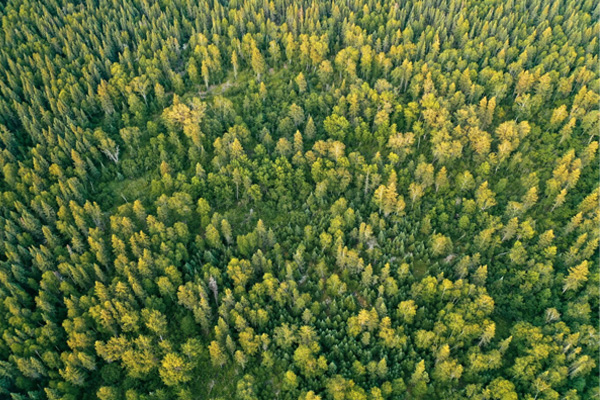
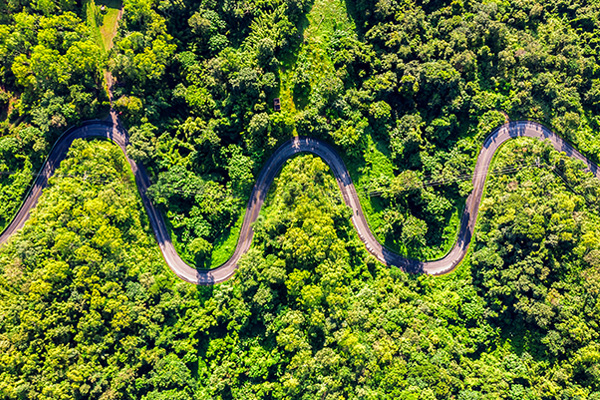
“Urban Wildlife Corridor” can be a national reserve areas and parks; small gardens in residential areas and potted plants on terraces; school gardens or rooftop green areas; sky gardens in commercial buildings, potted plants on exterior walls, and green areas on rooftops. ; green areas at transportation stations, mini oasis on the tops… As long as we can imagine, any place can become a place where humans and nature coexist.
Starting with planting flowering plants, we can create “Urban Wildlife Corridor” (natural gas stations) in different corners of the city. These gas stations will then become natural highways, shelters, and food sources for wildlife, and then pollinating insects and wildlife can use green corridors as a way station to travel back and forth to their original habitats, feeding grounds, breeding grounds, or perform seasonal migrations, injecting vitality into forests, wetlands, lakes and etc., ultimately practicing green corridors, and dancing with forests together.
Build a Cradle of Ecosystem, Nurture Biodiversity

Biological diversity resources are the pillars upon which we build civilizations. Fish provide 20% of animal protein to about 3 billion people; Over 80% of the human diet is provided by plants; As many as 80% of people living in rural areas in developing countries rely on traditional plant‐based medicines for basic healthcare. The United Nations established the Kunming-Montreal Global Biodiversity Framework (also known as the Biodiversity Plan) with the purpose of promoting the belief of harmonious coexistence between humans and nature. It is hoped that different countries, organizations, and sectors can support the implementation of diversity in their own ways.
Safeguard the last piece of pure land on Earth, let the glacier cool, let the ocean breathe, run through the pulse to wildlife corridor, draw a “Green-blueprint”, build a cradle of ecosystem, nurture biodiversity, make human health and prosperity sustainable. Will Legend protects glaciers and water resources, food and biodiversity, marine ecology and clean air through the Glacier, Land and Ocean Programmes respectively.
Regarding biodiversity, it is easier for the public to understand that there are many types of plants and animals, and a large number of microorganisms are included. But it turns out that real biodiversity also includes ecosystems such as glaciers, rivers, forests, lakes, deserts, grasslands and oceans. To put it simply, all species on the Earth are interconnected. Each ecosystem has different connections, interactions and influences, and in the end, a beautiful Earth can be achieved.
Let Urban Wildlife Corridor Start, Cool The Earth Down

The increasing emissions of greenhouse gases caused by human activities have led to global warming. The situation is like covering the Earth with a quilt, preventing heat from being reflected into space, causing the Earth’s temperature to rise. Currently, we are experiencing unprecedented rapid climate warming due to human activities, such as the greenhouse gas carbon dioxide produced by burning fossil fuels. As the temperature rises, the Earth also begins to suffer from “illness”. The reason is that everything, and all living things on the Earth are closely intertwined with each other. Once nature loses its ability to balance, humans will not be able to survive alone.
Will Legend advocates green industry as a “Greenhouse Cooling Patch” to cool the Earth. Effectively reduce greenhouse gas emissions through clean energy such as solar power, wind power and hydropower. We support the “Belt and Road Initiative” green energy industry to cooperate with especially developing countries, to carry out solar, wind and hydropower projects with digital intelligent management to increase the proportion of renewable energy power generation. Will Legend supports green finance to transform traditional industries to green and low-carbon, transform them into green industries and build sustainable development business models. We also strongly promote new energy corporates such as wind and solar power and enterprises related to the new energy automobile industry chain, through in-depth ESG work participation in society and communities, on one hand, corporates can practice corporate social responsibility (CSR), and on the other hand, it can simultaneously achieve the policy of corporate economic sustainability (Sustainability), jointly accelerate the green forwarding process, and allow the world to reduce carbon emissions faster, so as to achieve the “3060” carbon peak and carbon neutrality goals, and practice the sustainable development of humans and nature.
As global warming caused by climate change becomes more severe, Will Legend believes that programmes organized and led at the social and community levels can be implemented more effectively. Absorbing the greenhouse gas carbon dioxide from the atmosphere, adopting green energy to address climate change, and achieve long-term solutions through glacier, land and ocean conservation and education programmes are vital to humans and ecosystems. The essence behind the various sustainable development activities created by Will Legend is to make the public, and our next generations pay more attention to the “health” of the Earth from the perspective of education and popular science.
Will Legend – A Journey to Safeguard Green Corridors
Through school tours, Will Legend has visited secondary, primary schools and kindergartens in many districts to effectively implement the goal of “Education and Promotion” through the community. Tashi Willy Bee, and Dele Flowery who were born from the “Urban Wildlife Corridor”, are serving as the sustainable ambassadors of the programme. In addition to helping to promote the “Green-blueprint Initiative”, they also lead the public, especially the next generations, embark on a journey to protect the green corridors.
The first green corridor tour is located on the Tropic of Cancer at 23.5 degrees north latitude. There are national forest parks, and migratory bird reserve. In different seasons, there are different flowering plants. The blooming flowers work with the green energy on the island to cool the Earth, and the little bees buzz hard to pollinate nature, help forest restoration, and more importantly, improve the harvest, and quality of human food. The forest conserves pure soil and nutrients, and flows into the “South China Sea – 350 The Blue Ocean” through clean fresh water to provide food for various marine life, allowing the ocean to breathe. The oceans exhale oxygen, absorb the greenhouse gas carbon dioxide, allows the glaciers to cool down, and preserves clean water resources that humans and creatures depend on. Clean water sources once again nourish the land, giving birth to “Urban Wildlife Corridor”, biodiversity, and important food for mankind.
Will Legend – A Journey to Safeguard Green Corridors
Through school tours, Will Legend has visited secondary, primary schools and kindergartens in many districts to effectively implement the goal of “Education and Promotion” through the community. Tashi Willy Bee, and Dele Flowery who were born from the “Urban Wildlife Corridor”, are serving as the sustainable ambassadors of the programme. In addition to helping to promote the “Green-blueprint Initiative”, they also lead the public, especially the next generations, embark on a journey to protect the green corridors.
The first green corridor tour is located on the Tropic of Cancer at 23.5 degrees north latitude. There are national forest parks, and migratory bird reserve. In different seasons, there are different flowering plants. The blooming flowers work with the green energy on the island to cool the Earth, and the little bees buzz hard to pollinate nature, help forest restoration, and more importantly, improve the harvest, and quality of human food. The forest conserves pure soil and nutrients, and flows into the “South China Sea – 350 The Blue Ocean” through clean fresh water to provide food for various marine life, allowing the ocean to breathe. The oceans exhale oxygen, absorb the greenhouse gas carbon dioxide, allows the glaciers to cool down, and preserves clean water resources that humans and creatures depend on. Clean water sources once again nourish the land, giving birth to “Urban Wildlife Corridor”, biodiversity, and important food for mankind.
Nan’ao Island National Forest Park

The Nan’ao Island National Forest Park is located in the western part of Nan’ao Island, also known as Yellow Flowers National Forest Park. It is the first national forest park in China that is situated on a sea island. With mountains on one side and facing the sea on the other, it boasts beautiful scenery, abundant natural resources, and an extremely favorable ecological environment. The forest park currently has more than 30 attractions within 5 major scenic areas. There are 6 main forest roads and 6 simple roads, with a total length of 33 km. Additionally, there is a forest trail spanning 181 km and 7 hiking trails. 3 forest stations, 1 observation deck, 1 fire prevention depot, 6 parking lots, 1 visitor reception center, and 5 visitor service points have been established.
With the goal of constructing a forest ecological tourist area, the park actively protects and improves the ecological environment while also preserving and developing unique products and experiences related to the forest. Currently, the park has constructed 4 natural education experience sites (Dajian Mountain, Jiujian Mountain, Shike Mountain, and Bai Gui Shou Yuan), 3 natural education rooms, and 2 natural education corridors. It has been selected as the “Guangdong Province Natural Education Base”, “Guangdong Province Forest Health Base” and “National Forest Village” in 2023.
Tropic of Cancer – National Forest Park Green Corridor Journey


“Urban Wildlife Corridor” connects nature’s forests and human’s cities, and ultimately practice the harmonious coexistence between humans and nature. By organizing Green Corridor SDG and ESG Educational Tours and Research Trips, let the public aware of the importance of coexisting with bees and other wildlife. The “Tropic of Cancer – National Forest Park Green Corridor Journey” is located in the Nan’ao Island National Forest Park above the Tropic of Cancer and is supported by Administration of National Nature Reserve for Marine Ecology of Guangdong Nanpeng Islands. The island’s forest coverage rate reaches 92.3%, actively promotes green and clean energy, ecological construction and forest regeneration. The unique climate environment has created biodiversity. Facing the ocean (South China Sea), the forest is born from pure land and fresh water, fully demonstrating the integration of land and oceans, and practicing coexistence of country, forest, city, wild and green corridor, promoting the belief of symbiosis among humans, society, economy and nature. Will Legend advocates the use of green energy as a “Greenhouse Cooling Patch”, organizes inspections of new energy facilities (smart energy), including land and offshore wind power construction, and learns about STEM green-smart energy popular science experiments to practice sustainable green living.


















